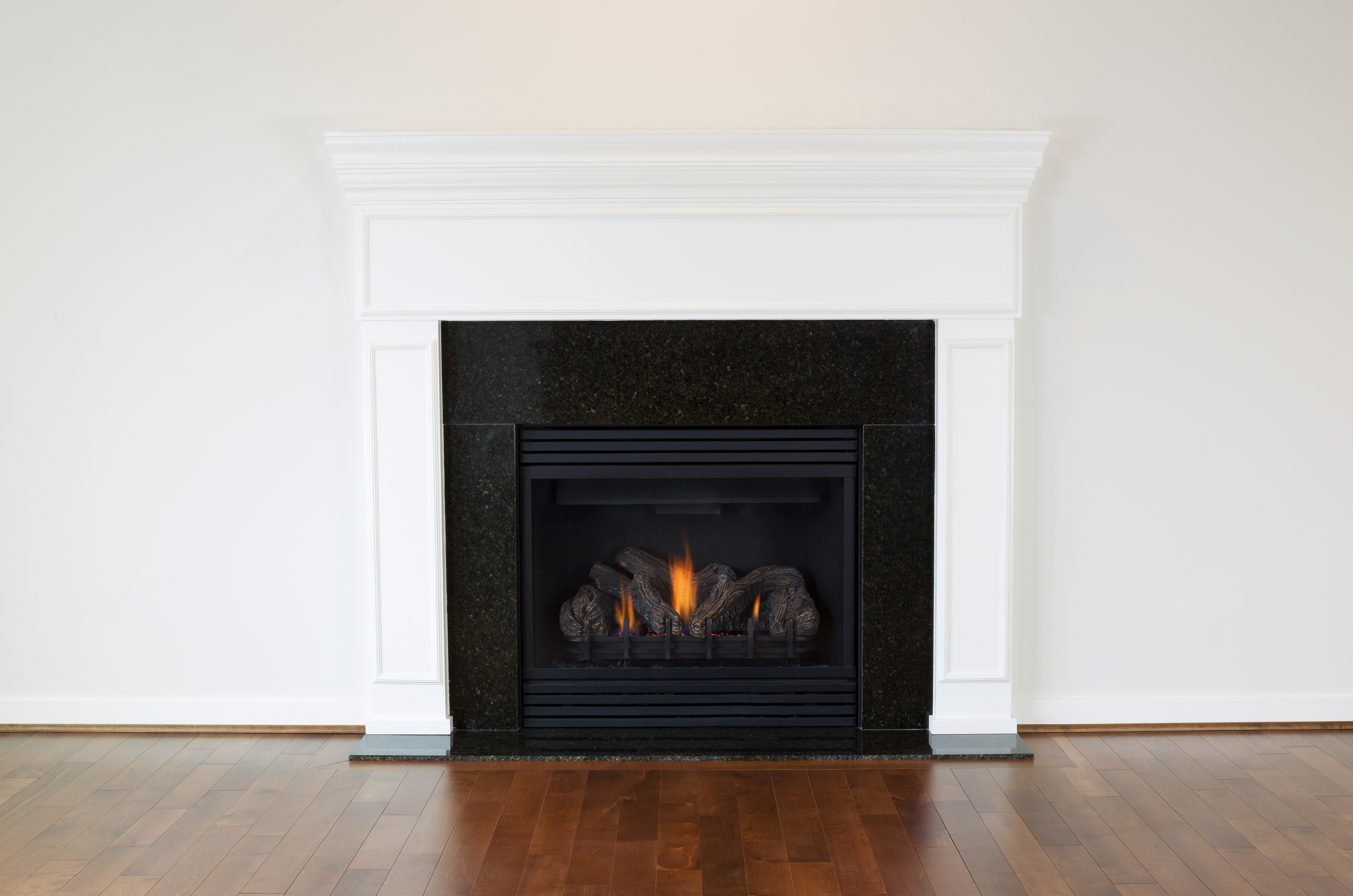
by Renee Brigman | Sep 11, 2019 | Fireplace maintenance, Gas Fireplace FAQ, Gas Logs
-> Also read our article “Is it Time to Replace Your Wood burning Prefabricated Fireplace?” The fireplace industry considers prefab wood burning fireplaces to have a life expectancy of 10-30 years. Like other household appliances, they just don’t...

by Renee Brigman | Sep 5, 2016 | Fireplaces
Do you really, now? According to Merriam-Webster: Definition of insert (when used as a noun) “something that is or is meant to be inserted (put or introduced into the body of something else)” Strictly speaking it could be ANYTHING that is put inside something else....
by Renee Brigman | May 6, 2016 | Fireplaces
Got Gas?! You have a “gas fireplace”……..but do you really? What’s the difference between A gas starter (log-lighter), Gas logs, A gas fireplace insert, And a true gas fireplace? And why do you need to know? Gas starter (log-lighter) Log Lighters are designed to burn...




